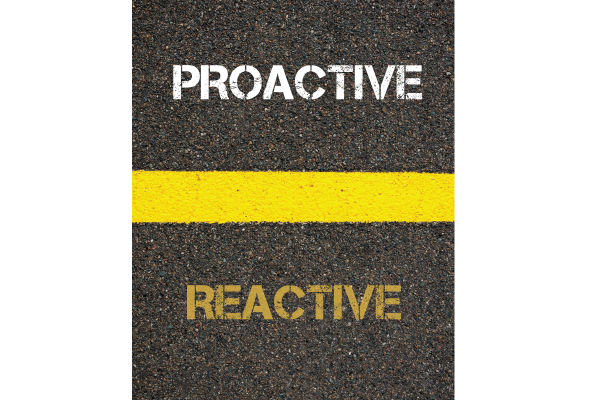Since assuming the role of PRSM CEO in September 2016, we’ve experienced two PRSM National Conferences (Dallas and Nashville), two Mid-Year Conferences (Schaumburg and Indianapolis), multiple R2R Best Practices Roundtables and countless other PRSM programs. I learned a lot during these first 18-plus months. And, by and large, PRSM is succeeding in a chaotic environment for brick-and-mortar retail facilities management.
Initially, as CEO, I focused on an Educate, Evaluate and Elevate agenda. My education will never cease, nor will my evaluation of PRSM and its programs. Organizations never stay the same. They improve or they decline. Post PRSM2018, it’s safe to say, PRSM is improving. PRSM2018 was a record-breaking event exceeding both financial and experiential goals.
So, for the time being, PRSM is elevating. But, the march never ends. And, in some ways, the challenging work is just beginning. The May-June issue of Harvard Business Review contains a fascinating article, which certainly applies to PRSM circa 2018: “How Successful CEOs Manage Their Middle Act.” PRSM Association is about to enter this phase under my tenure as CEO. The article outlined five strategies employed by CEOs who successfully navigated their middle act, which is the part of a CEOs tenure after an initial “get to know you phase.”
1. Raise PRSM’s Level of Ambition. Let’s build upon the success of PRSM2018. This will involve growing PRSM across its membership base of retailers and suppliers. The Board of Directors and PRSM HQ Team are making strategic moves to keep PRSM ahead of the changing retail environment. The most visible changes will be in the implementation of a new, five-year strategic plan.
2. Attack Silos and Broken Processes. While PRSM embarks on its new, five-year strategic journey, we will also continue to improve operational processes. PRSM adheres to a Policy Governance framework that aligns the board in a strategic stance and the PRSM staff in an operational mode. PRSM is now in the third year of this framework.
3. Rejuvenate Talent. The PRSM HQ Team is extremely talented and experienced. In 2018, you will see some fresh faces at manager and senior manager levels take on increased responsibilities and gain PRSM-wide visibility.
4. Create Mechanisms for Disruptive Ideas. Now that we have gotten to know each other, I will remain vigilant that member feedback reaches my office, and that I will explore innovative ideas to improve PRSM. The most direct way to communicate with me is through voice@prsm.com. Every email to this address is responded to and I review all issues identified.
5. Invest Political Capital in Long-Term Bets. Association change does not occur overnight. Our PRSM2023 Strategic Plan will take years to play out. However, the strong operational and financial condition of PRSM affords us the luxury of making decisions with a long-term perspective.
This issue. The five strategies above are a proactive way to manage the threat of complacency once the shine of a leadership transition wears off. Much the same can be said in the FM industry, whether it is a new client partnership or a relationship that spans years. Those companies who approach operations and relationships proactively succeed more than those who are reactive. Inside, you will see how being proactive can impact the FM industry.






